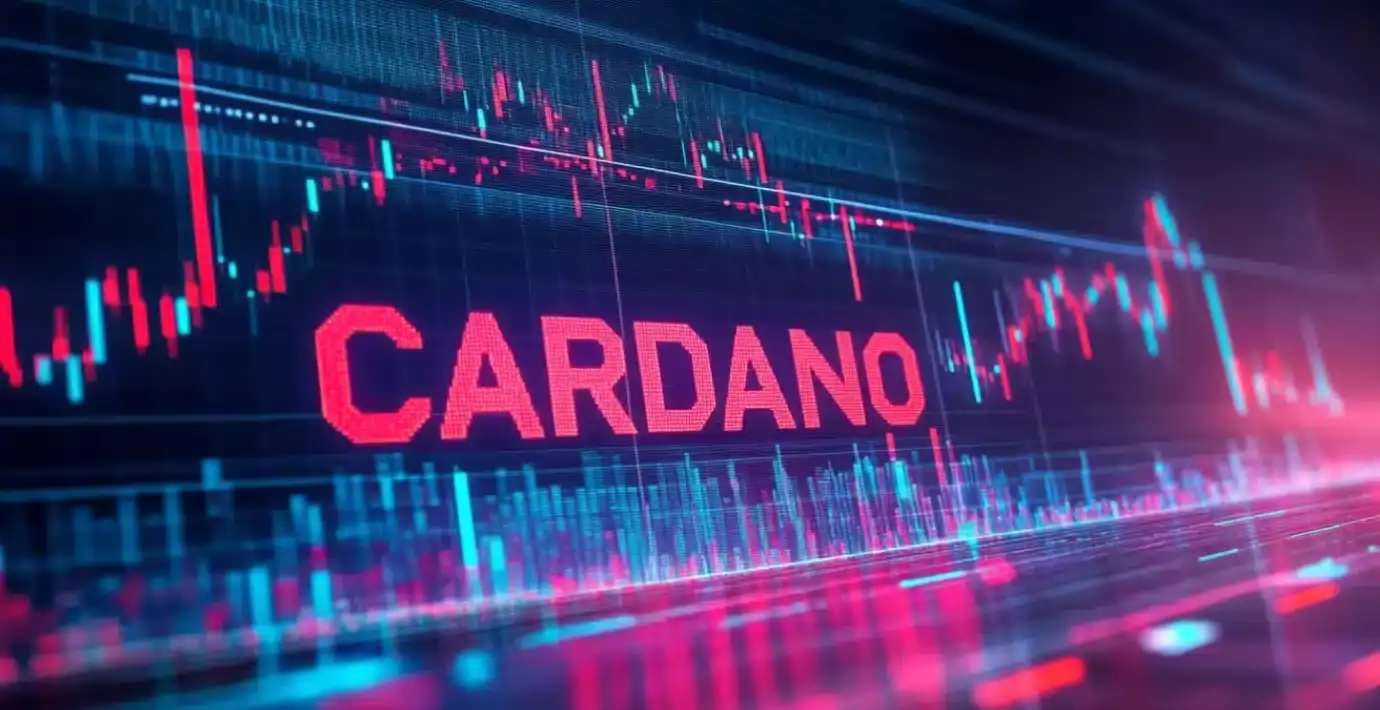Cardano, a well-known player in the blockchain industry, has recently unveiled Cardinal, its inaugural decentralized finance (DeFi) protocol aimed squarely at Bitcoin enthusiasts. Announced by Charles Hoskinson, the founder of Cardano, this development signals a marked shift toward a more integrated, user-centric financial ecosystem for Bitcoin holders. The design and implementation of Cardinal by Input Output, the research team behind Cardano, encapsulates the potential to revolutionize how Bitcoin and DeFi can converge in a frictionless manner.
Decentralization at its Core
What sets Cardinal apart is its foundational reliance on a trust-minimized structure. Unlike typical wrapped Bitcoin solutions that often require trust in centralized custodians, Cardinal employs MuSig2, a cryptographic method enabling collective transaction signing. This decentralization extends to the very heart of Cardinal’s operations, ensuring that Bitcoin remains securely anchored on its native blockchain. This innovative approach not only maintains Bitcoin’s integrity but also builds confidence among users who have been hesitant to migrate from Bitcoin’s well-established security to less proven DeFi platforms.
While traditional systems often rely on rehypothecation—an arrangement where custodians can re-use user assets—Cardinal insists on a paradigm shift. By affording users complete control over their assets, the protocol guarantees that users can navigate the DeFi landscape without sacrificing security or transparency. In an era where trust in institutions is waning, this customer-first philosophy is not just refreshing; it’s crucial.
Integration with Advanced Technologies
Another rich layer of Cardinal is its use of the off-chain execution system, BitVMX. This innovative technology not only enhances the decentralization aspect but also opens the doorway for complex Bitcoin actions that have previously been difficult to execute. By coupling this with Cardano’s smart contracts and Bitcoin’s scripting capabilities, users can engage in seamless asset transfers between platforms. As shown at the Bitcoin 2025 conference, the bridgeless BTC-to-Cardano transfer paves the way for a future where interoperability is no longer a dream but a tangible reality.
Market Dynamics: Balancing Innovation with Reality
Despite this exciting leap forward, it’s essential to acknowledge the current state of Cardano’s DeFi. After reaching a peak total value locked (TVL) of $415 million, the figures have recently dipped to around $334 million. This narrative serves as a crucial reminder: innovation alone doesn’t guarantee success. Cardano faces the uphill battle of attracting liquidity back into its ecosystem, especially against a backdrop of bustling competition in both DeFi and traditional finance.
However, the introduction of Cardinal emerges as a potential remedy. By allowing Bitcoin holders to leverage their assets without exiting their comfort zones, Cardinal could entice a new wave of liquidity. At a time when trust and control are paramount, Cardinal’s values are aligned perfectly with what many users crave—the ability to participate in DeFi without compromising their asset’s original integrity.
In the bigger picture, Cardinal is more than just a new product; it is a statement of intent for Cardano. By providing innovative, decentralized solutions rooted in security and transparency, Cardinal has the potential to reshape the narrative around Bitcoin and DeFi integration, making it an essential player in the fintech landscape.
















Leave a Reply